5. The Pervert’s Guide to Cinema
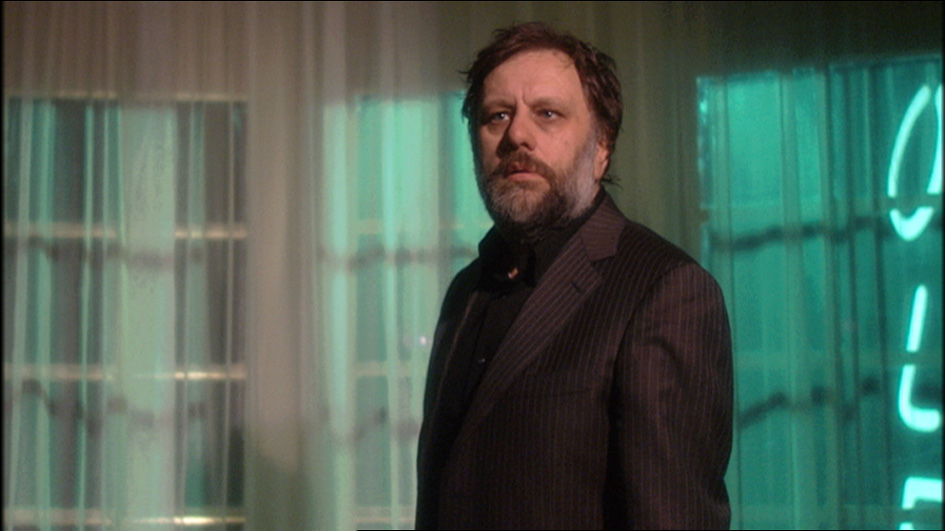
Presented by a frenetic, lisping, absurdly un-photogenic philosopher Slavoj Zizek, and containing 150 minutes of psychoanalytic theory, The Pervert’s Guide to Cinema could not look worse on paper, but it’s a genius mix of irreverence and aesthetics, like salt on chocolate.
The Pervert’s Guide of Cinema presents dozens of movies over the course of cinematic history, and Zizek removes the innumerable stylistic and thematic layers of each film to uncover its animalistic propeller; the simple, subconscious mechanism with which the film excites our emotions and shapes our culture. Zizek steps directly into scenes from Rear Window, The Matrix, Mulholland Drive, etc. while waxing emphatically on the ways these films, and film in general, changes our reality, or constructs a reality just as important as our own.
According to Zizek, film is a medium through which self is shown itself, and this metaphysic is crucial for understanding reality. The Pervert’s Guide to Cinema is a palatable and supremely entertaining exploration of this idea, and broader ideas hitherto limited to academia.
4. American Movie
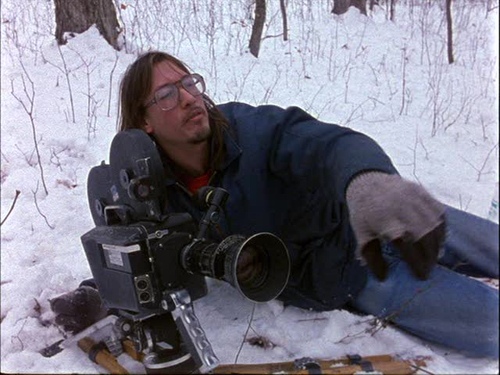
We’ll narrow our scope from Hollywood to Milwaukee where a regular blue-collar guy named Mark Borchardt tries to fulfill his dream of making a horror movie, Coven. With friends and family as actors and production staff, and with a generous loan from his uncle, Mark works through adversity to give us a misguided movie but one of the best documentaries ever created.
American Movie is so refreshingly human. The film focuses on a quirky but supportive community and the one strange outlier with dreams of cinematic success. It’s unique to watch a cinematic undertaking devoid of pretension, at least in the Hollywood sense. There’s nothing but financial and personal difficulties to stop Mark from making his film; no studios to kowtow, or executives to placate, or replacement directors to contend with when expectations are not met. It’s a man who wants to make a movie, and that’s all a person needs to make a movie.
Though the documentary is mostly about the struggle to make one’s dream film, it’s supplemented with hilarious characters, unique scenarios, and dialogue worthy of the Coen brothers. It’s all real, however, and, despite Borchardt’s fixation on making his own movie, American Movie is truer a representation of him than a self-indulgent drama could have hoped to achieve.
3. Jodorowsky’s Dune
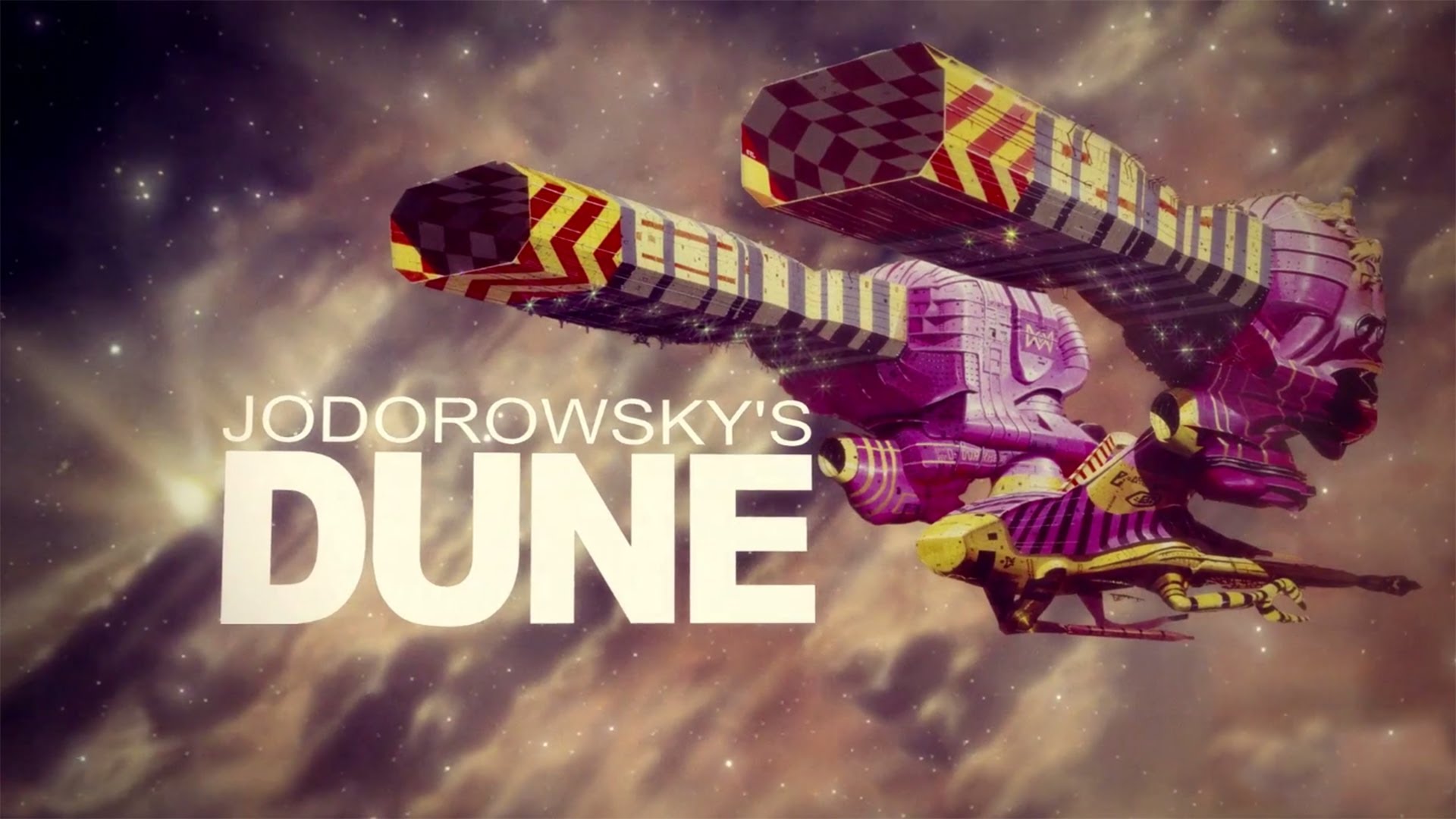
Jodorowsky’s “Dune” is the most incredible movie never made, and “Jodorowsky’s Dune” is the most incredible documentary on the most incredible movie never made.
Alejandro Jodorowsky is a Chilean director known for the surrealist classics El Topo (1970) and The Holy Mountain (1973), whose psychotropic visuals and eclectic storytelling drew a fanatic audience and cemented the director as a bona fide auteur in an industry of pretenders. In 1975, Jodorowsky procured the rights to the equally fanaticized science fiction novel Dune, and began the challenge of turning cinema’s Michigan J. Frog into a worthy big screen adaptation. The film details this failed but extraordinary journey.
Dune collapsed under the weight of its own ambition. Jodorowsky’s vision for the adapted novel was beyond what few people, especially in Hollywood, could conceptualize, and those who shared the vision were the era’s greatest pop artists. Jodorowosky hired Moebius, Chris Foss, and HR Giger, all of whom would practically design cinematic sci-fi. He later enlisted Salvador Dali, Mick Jagger, Orson Welles, and Pink Floyd for acting and music work, respectively. Dan O’Bannon was the last piece of the puzzle, a special effects expert hired by Jodorowsky to inject the novel’s psychedelic world into our shared reality.
It was possibly the greatest creative team ever assembled, but that did nothing but scare producers. Under Jodorowsky, the budget ballooned, Dali was promised $100,000 a minute, and the film was estimated to run 14 hours long. The project was nixed, but the preliminary art was compiled into a thousand-page manifesto. This manifesto made the rounds in Hollywood, and is said to have laid groundwork for much of the sci-fi that followed.
Predating Star Wars, Blade Runner, and Alien, Jodorowsky’s Dune might have been the benchmark sci-fi film had the industry granted its existence. Hollywood tried Dune again in 1984; David Lynch’s clusterfuck. As of now, Denis Villeneuve is the new rider at the helm of this hitherto unfilmable entity. The pressure is on.
2. Burden of Dreams
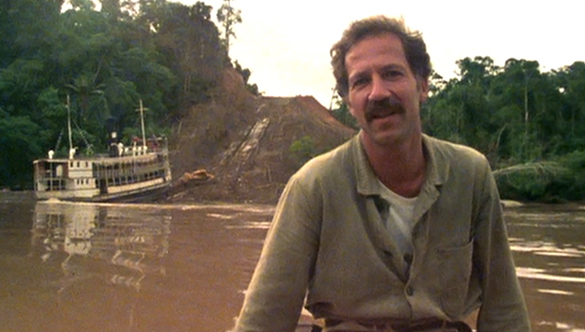
In 1981 Werner Herzog decided to make a film about a businessman who transports a steamship over an Amazonian mountain to get to the rich rubber reserves on the other side. Instead of fabricating this event for, you know, fictional purposes, Herzog endeavors to make a real steamship climb over a real Amazonian mountain, at all monetary and reputational costs. Burden of Dreams is this story.
Isolated in the rainforest, with the famously bad-tempered Klaus Kinski as the main character, and with a full-sized and fully functioning steamship needed to traverse miles of jungle, Herzog attempts to make Fitzcarraldo, a movie basically asking for disaster. It comes, in waves—Tsunamic waves.
The logistics of getting a ship up a mountain were so involved and arduous that Herzog hired thousands of native Peruvians to help with the process. Unfortunately, the tribes he hired were in the middle of a civil war. Native and non-native crewmembers died during production. All totaled, there were hundreds of casualties, not only from fighting, but from plane crashes, malaria, and even a venomous snake bite.
Dysentery claimed many victims, including Jason Robards, who abandoned the film. These disasters, combined with perpetual infighting between Herzog and Kinski, and a production so over-budget and superfluous, makes it a wonder how Fitzcarraldo was ever completed. But it was, and it was extremely well-received.
Burden of Dreams was just as well-received, telling a story of a director who becomes the same egomaniac his film portrayed.
1. Hearts of Darkness: A Filmmaker’s Apocalypse
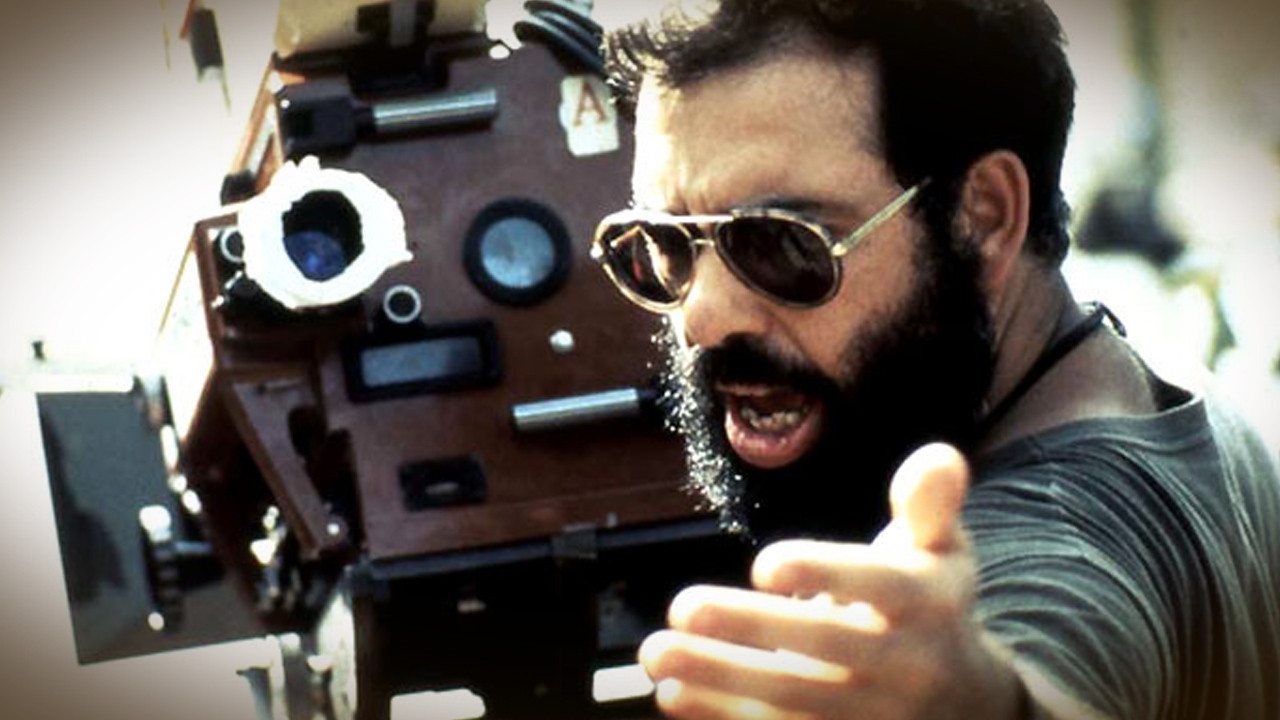
The documentary on the making of Apocalypse Now, Hearts of Darkness was the only option for number one on this list. This is because, as its own independent movie, separated from the source material on which it’s based, it is worthy to be included among the greatest films of all genres, not just documentaries. Some people even consider Hearts of Darkness to be better than Apocalypse Now.
Hearts of Darkness is the ultimate Crazy Production Documentary, a genre in its own right comprising the likes of Burden of Dreams, Lost Soul, and Lost in La Mancha. Francis Ford Coppola’s epic war film was so disastrous that filmmakers pass along its legend like children around a campfire.
In hindsight, the jungle does not seem a good place to film movies. It was in the Philippine jungle that Coppola went crazy, Martin Sheen had a heart attack, Dennis Hopper was too stoned to remember his lines, and Marlon Brando showed up obese and with a 3.5 million dollar price tag. On top of that, monsoons hit the camp, rendering filming impossible for months on end; the budget skyrocketed; actors were hired and replaced, including Harvey Keitel for the Martin Sheen role; and the film, in one of the longest production durations ever, began shooting in 1976 and wasn’t released until 1979.
It was three years of hell in the jungle, which made Coppola lose 100 pounds and shattered his mind so severely that he was threatening suicide daily…over the making of a film.